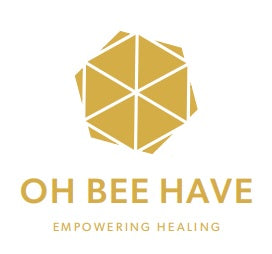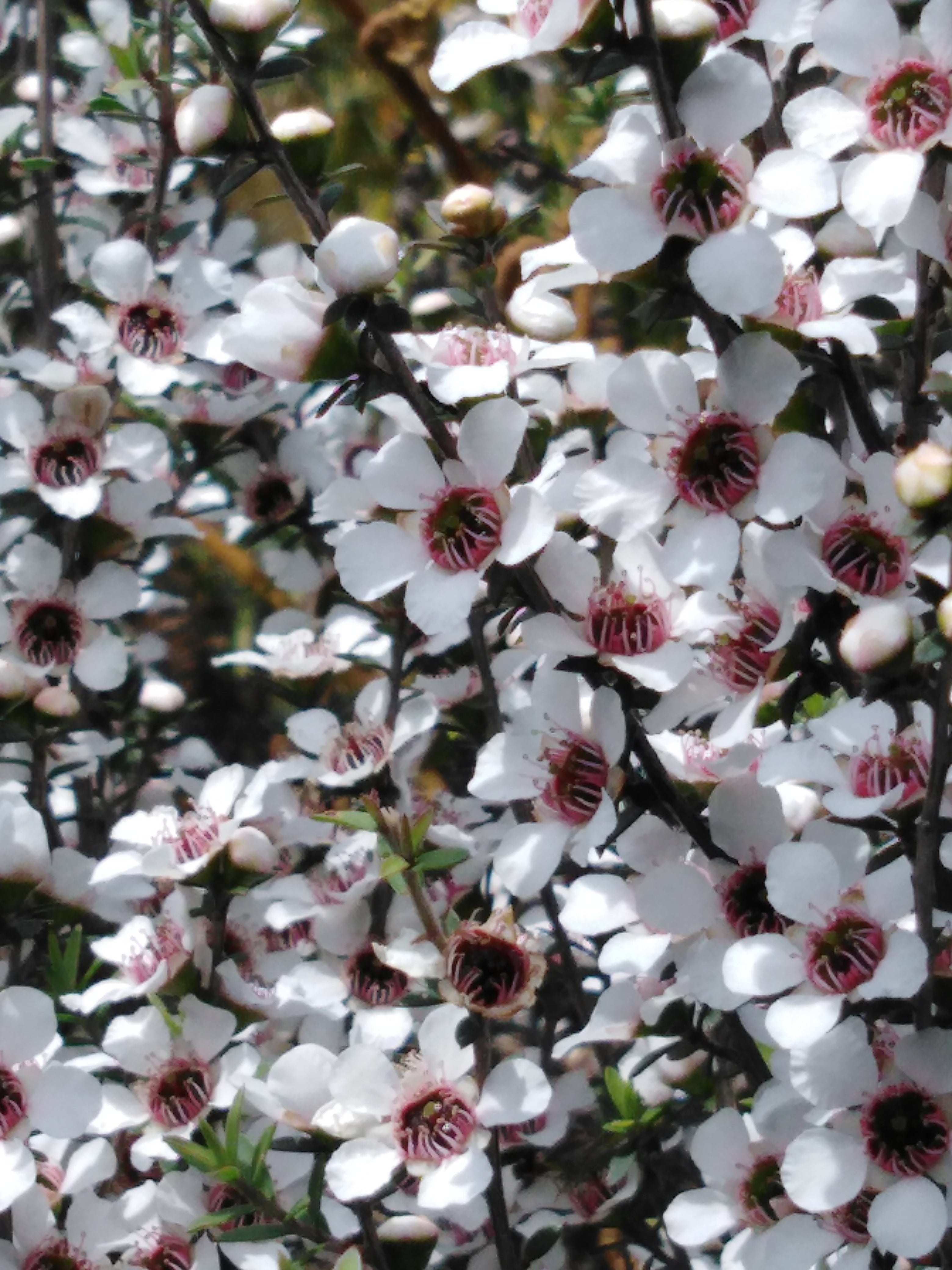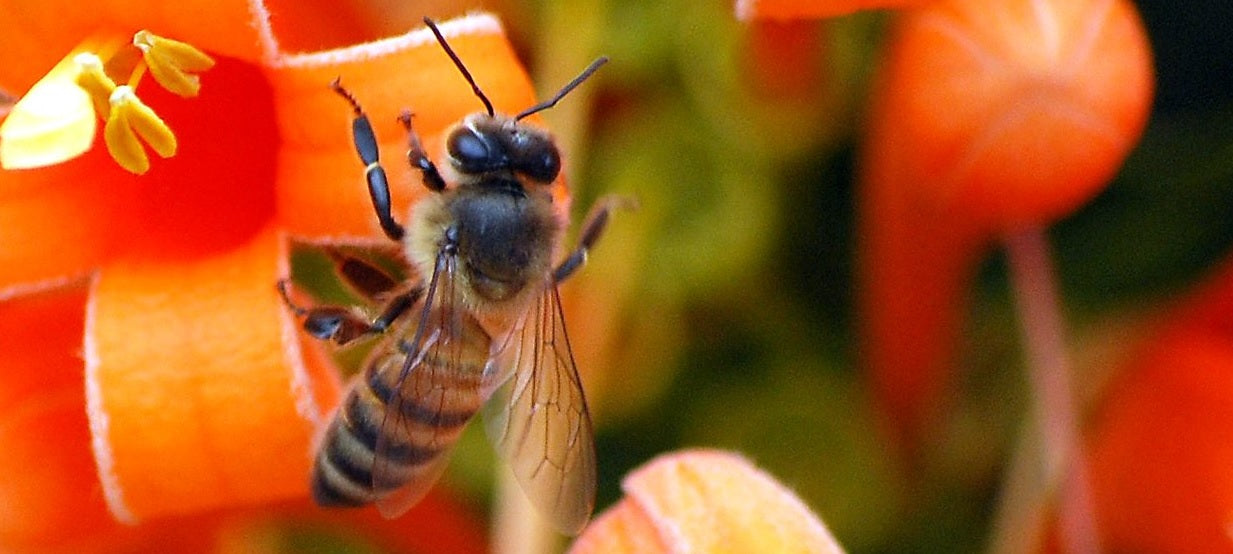Major Royal Jelly Proteins
Royal Jelly proteins - colloidal particles - a topical biomaterial for health and well-being.
MRJPs (major royal jelly proteins) are used in the pharmaceutical and cosmetic fields and are commercialized as an over-the-counter food supplements. They have antimicrobial activities against bacteria, fungi, and viruses. They also show an ability to lower blood pressure, fats in the blood (hypercholesterolemia), stop tumour growth in vitro, and anti-inflammation.[17]

Figure 1: Structure of the MRJP1 oligomer showing the H-like complex structure contains four MRJP1 (green or cyan), four apisimin (yellow or wheat), and eight 24-methylenecholesterol (blue, purple, orange, or lime sticks) molecules. The size of the particles in OH BEE HAVE are around 10 nm in size.
The royal jelly proteins isolated from Manuka honey examined under a Nano Sight microscope is shown in Figure 2.

Figure 2: Royal jelly proteins under a NanoSight microscopes
The structure of the particles acts like waves of energy. These are the quantum waves. The frequency operating is dependent on the atom housed in the aromatic ring of the phenolics bound to the royal jelly proteins.
Detailed X-ray crystallography has been used to identify the structure of MRJP apisimin complexes (Figure 3).

Figure 3: Detailed interactions of MRJP1 and apisimin in the MRJP1 dimer; symmetric intermolecular C-terminal and N-terminal interactions and intermolecular C-terminal antiparallel β-sheets β31 (left). B. Interactions of Osl in the MRJP1 oligomer; four Osl (ostreasterol or methylenecholesterol) molecules in the surface potential of MRJP1; interactions of the inner two Osl molecules with MRJP1 and apisimin (left).
The characterisation of the royal jelly proteins isolated from Manuka honey was performed to understand the functional composition of the product.
Other components of OH BEE HAVE empowering healing include minerals and phenolics (Figure 4).

Figure 4: Mineral analysis of royal jelly nanoparticles isolated from Manuka honey.

Figure 5: Phenolics present in the royal jelly protein isolate
The interaction of light with phenolics and the minerals creates a photo-reduction cycle. See Figure 6.
Figure 6: Royal jelly proteins isolated from Manuka honey
When the royal jelly proteins are taken up by macrophage by phagocytosis the proteins get exposed to hydrogen peroxide which completes the photo-oxidation cycle. Fe3+ + light --> Fe2+ and Fe2+ + H2O2 --> OH*. The reaction produces high-energy short-lived radicals (hydroxyl radicals), which produce 1200 electron volts of energy and have a half-life of 1 nanosecond. Photo-Fenton biochemistry.
Figure 7: Photo-Fenton chemistry responsible for the generation of hydroxyl radicals
It happens to occur naturally in our bodies and is part of apoptosis. Pre-programmed cell death (apoptosis) uses hydroxyl radicals to breakdown all biological molecules back into CO2 and water. This makes quantum fluids as the water becomes quantum coherent. Part of our natural death and regeneration system. If we upset this natural quantum coherence system within our bodies, then we are likely to lead to disease.
The radicals are paramagnetic, so they sense energy in the environment of your body. If you are in a negative environment, then you feel bad and hold those negative emotions in the structures of your body. If you are in a positive environment, then your emotional well-being will be in harmony and in good health. Radicals tie light together into structure through quantum entanglement. Light produces structure depending on the frequency used to measure structures.
17. Ramadan MF, Al-Ghamdi A (2012). "Bioactive compounds and health-promoting properties of royal jelly: A review". Journal of Functional Foods. 4 (1): 39–52. doi:10.1016/j.jff.2011.12.007.
Here are a number of other important references related to royal jelly proteins.


